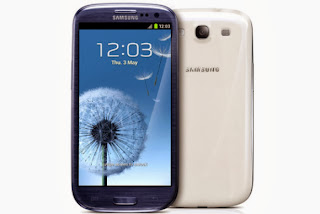/amsung Electronics widened its lead over Apple in worldwide smartphone sales during the third quarter, while China’s Lenovo also gained ground thanks to growth in its home market, according to research firm Gartner.
During the period, Samsung maintained its lead as the biggest vendor, with its smartphone sales surging to 80.3 million units, up 47 percent year on year. In second place was Apple with sales of 30 million units, up 23 percent. That gave Samsung a market share of 32.1 percent, and Apple 12.1 percent.
Apple received a small boost from the release of the new iPhone 5s and iPhone 5c on Sept. 20, late in the third quarter. Demand for the iPhone 5s has been high, with the product out of stock in most markets, according to Gartner. However, the same can’t be said of the iPhone 5c, which the research firm reported has seen some inventory build-up.
Third-placed Lenovo, with a thriving smartphone business in its home market of China, grew faster than either Apple or Samsung. Its smartphone sales surged 85 percent year over year to 12.9 million units. Nearly all the company’s handsets are sold in China, now the world’s largest market for smartphones. But the PC maker has also begun selling the devices to developing markets, and eventually wants to do the same in the U.S. and Europe. The company’s sales of tablets and smartphones arealready exceeding those of its PCs.
Worldwide, smartphone sales were up 45.8 percent year over year, reaching 250 million units in the quarter. Smaller tablets, however, could end up taking sales away from smartphones in mature markets. During the upcoming holiday season, consumers are expected to refrain from updating their older smartphones with newer models, and instead flock toward tablets, Gartner predicted.
Google’s Android now has an 82 percent share of the smartphone OS market, up over 8 points from a year ago. Microsoft’s Windows Phone OS saw the biggest growth, with sales of the devices growing by 123 percent. The operating system’s market share, however, remains small at only 3.6 percent. Apple’s iOS saw its market share slightly shrink to 12.1 percent, down two points from a year ago.











Post a Comment